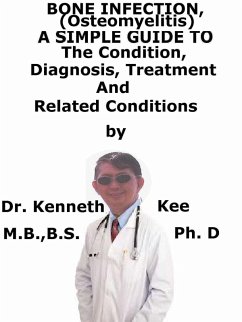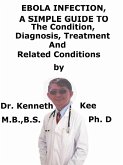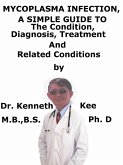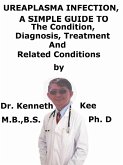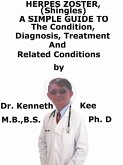Osteomyelitis indicates the infection of the bone or bone marrow which may spread to the bone cortex and periosteum through the Haversian canals.
It leads to inflammatory destruction of the bone and if the periosteum is affected, necrosis.
When dead bone is detached from healthy bone, it is termed a sequestrum.
A large sequestrum that stays in the tissue becomes a focus for ongoing infection.
An involucrum indicates viable periosteum that is separated from the underlying bone and which develops new bone around it.
Osteomyelitis may be acute or chronic (becoming worse over months or even years) and can be further classified into two main subgroups:
1. Hematogenous osteomyelitis
This is an infection occurring from hematological bacterial seeding from a remote infection.
2. Direct (contiguous) osteomyelitis
This form of infection happens where there is direct contact of infected tissue with bone such as during a surgical procedure or after traumatic injury.
Medical signs are likely to be more localized and there are often multiple organisms affected.
The causes of Osteomyelitis are
1. Staphylococcus aureus bacteria (80%) including strains of meticillin-resistant S. aureus (MRSA).
2. Streptococci Group A & B
3. Enterobacter species
4. Haemophilus influenzae
5. Proteus spp.
6. Pseudomonas spp.
7. Pneumococci
8. Salmonellae
9. Coagulase-negative Staphylococcus spp.
10. Mycobacteria.
Systemic mycotic (fungal) infections may also produce osteomyelitis.
1. Blastomyces dermatitidis
2. Coccidioides immitis.
The most frequent site of infection is the distal femur and the proximal tibia in children and cancellous bone in adults.
Eventually any bone may be involved
In children,
1. The long bones are normally involved in children.
2. Spread of bacteria happens from the bloodstream from a skin boil, dental abscess, direct injury to the bone.
In adults
1. Injury to the bone is the most frequent cause.
The bone injury is normally exposed to local infection in the skin or environment
Symptoms:
1. Pain and swelling of the bone
2. Fever
3. Toxemia
Signs:
1. Hot tender bones
2. Throbbing pain of bones
3. Abscess and swelling
Blood cultures are compulsory and positive in 60% of cases
Bone cultures (or curettage where there are linked ulcers) give the gold standard for diagnosis, with a positive test in 90% of patients.
MRI is the imaging method of choice for investigation of acute osteomyelitis
Radiological results revealing an osteolytic center with a ring of sclerosis is diagnostic
Acute infections can be treated at first with extensive surgical cleaning linked with antibiotic treatment lasting four to six weeks.
Chronic infections should be managed with extensive surgical debridement, removal of any implants and antibiotic treatment lasting three to six months
Intravenous treatment is given at first and also over any surgical period up to 2 weeks after surgery.
The change to oral therapy may occur once the medical condition stabilizes, the inflammatory markers are decreasing and there are good microbiology results.
It is normally proper to delay treatment until culture and sensitivity results are received
The standard antibiotic treatment is six weeks of parenteral antibiotic treatment.
The optimal period of treatment for chronic osteomyelitis is normally 6 months
Hyperbaric oxygen therapy has helped in the treatment of refractory osteomyelitis.
Immobilization of the bone affected (bed rest, plaster casts, and splints) is useful
Osteomyelitis may also require surgical debridement to remove pus and damaged bone tissues.
TABLE OF CONTENT
Introduction
Chapter 1 Bone Infection (Osteomyelitis)
Chapter 2 Causes...
Dieser Download kann aus rechtlichen Gründen nur mit Rechnungsadresse in A, B, CY, CZ, D, DK, EW, E, FIN, F, GR, H, IRL, I, LT, L, LR, M, NL, PL, P, R, S, SLO, SK ausgeliefert werden.

